Outline is Representative of Size and Shape:
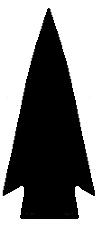 Hardin Barbed
Hardin Barbed
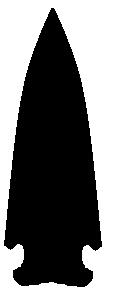 Hardin
Hardin
For Hardin Knobbed and
Hardove (see below for examples.
Name Details:
Identified By: Edward G. Scully
Named For: Town in Illinois
Date Identified: 1951
Type Site: Multiple Sites in Calhoun County, Illinois
Identified By: Edward G. Scully
Named For: Town in Illinois
Date Identified: 1951
Type Site: Multiple Sites in Calhoun County, Illinois
Point Validity:
Valid type
Scully is a highly respected anthropologist from the University of Michigan who conducted extensive research in the Mississippi River valley and identified many different types of projectile points. This type was named in a professional publication and has many professional references. This is considered a valid type.
Hargrove is a collector name for a St. Charles / Hardin variation. It is briefly discussed in by Toby Morrow (2016) in the St. Charles section (pg. 148) and is considered a Collector Type
Scully is a highly respected anthropologist from the University of Michigan who conducted extensive research in the Mississippi River valley and identified many different types of projectile points. This type was named in a professional publication and has many professional references. This is considered a valid type.
Hargrove is a collector name for a St. Charles / Hardin variation. It is briefly discussed in by Toby Morrow (2016) in the St. Charles section (pg. 148) and is considered a Collector Type
Hardin Stemmed
Hardin Barbed / Hardin Knobbed / HardoveSoutheastern Hardin (Powell)
Cluster: Hardin Cluster
Description of Physical Characteristics and Flaking Pattern:
This is a medium to large triangular expanding stem point. The cross section may vary from elliptical to rhomboid on re-sharpened examples. The blade is long and slender, varying from excurvate to straight. A distinctive notch forms a sharp V angle and usually forms a distinctive semicircular scar at the shoulder / stem junction. The shoulders are barbed. The stem may vary from straight to slightly expanding (Hardin Barbed) to expanding (Hardin). The base is primarily straight, but may range from slightly convex to slightly concave. Bases have a pronounced basal thinning pressure flakes and heavy basal and lateral edge hafting grinding. This point is manufactured using even percussion flaking and selective pressure flaking for finishing and trimming forming a random flaking pattern. This point has a high quality of workmanship.
Size Measurements:
Total Length - 45 to 180 mm (average 75 to 85 mm. Typically the length is 4 times the width), Stem Length - 11 to 22 mm (average 17 mm), Width - 22 to 50 mm (average 35 to 40 mm), Stem Width - 22 to 32 mm (average 26 mm)
Total Length - 45 to 180 mm (average 75 to 85 mm. Typically the length is 4 times the width), Stem Length - 11 to 22 mm (average 17 mm), Width - 22 to 50 mm (average 35 to 40 mm), Stem Width - 22 to 32 mm (average 26 mm)
Commonly Utilized Material:
Locally available cherts, heat treatment is not used for this type.
Avon Chert
Locally available cherts, heat treatment is not used for this type.
Avon Chert
Additional Comments:
This point was included in the Plano Stemmed cluster by the University of Minnesota, Justice (1987) did not include this point in that cluster. This point is not considered part of the Cody Complex, the appearance is not consistent with other points from that cluster, so this page included it in the Hardin Barbed Cluster as did Justice (1987).
Wormington (1957), noted that this point resembles the Scottsbluff point, except that this point lacks the parallel flaking seen on Scottsbluff points. It is thought that these points evolved from the Scottsbluff points (W10).
Hardin points found in the Tennessee River Valley and into the Gulf Coastal region (yellow distribution) has been referred to as Southeastern Hardin by John Powell (1990).
This point was included in the Plano Stemmed cluster by the University of Minnesota, Justice (1987) did not include this point in that cluster. This point is not considered part of the Cody Complex, the appearance is not consistent with other points from that cluster, so this page included it in the Hardin Barbed Cluster as did Justice (1987).
Wormington (1957), noted that this point resembles the Scottsbluff point, except that this point lacks the parallel flaking seen on Scottsbluff points. It is thought that these points evolved from the Scottsbluff points (W10).
Hardin points found in the Tennessee River Valley and into the Gulf Coastal region (yellow distribution) has been referred to as Southeastern Hardin by John Powell (1990).
Distribution: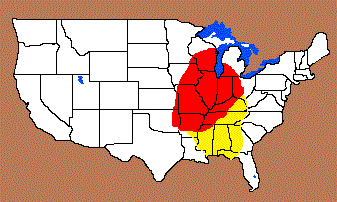
Distribution Comments:
This point is most commonly found Wisconsin, Iowa, Illinois, and Missouri. May also be found into eastern Oklahoma and western Indiana (red primary distribution). This point has been reported into the Tennessee River Valley and into the Gulf Coastal region rarely (yellow distribution). Powell (1990) has suggested that they name Hardin be changed to Florida Hardin within the yellow region.
This point is most commonly found Wisconsin, Iowa, Illinois, and Missouri. May also be found into eastern Oklahoma and western Indiana (red primary distribution). This point has been reported into the Tennessee River Valley and into the Gulf Coastal region rarely (yellow distribution). Powell (1990) has suggested that they name Hardin be changed to Florida Hardin within the yellow region.
Age / Periods:
Date: 10,500 - 7,500 B.P.
Cultural Period: Early Archaic
Glacial Period: Early to Middle Holocene
Culture:
Date: 10,500 - 7,500 B.P.
Cultural Period: Early Archaic
Glacial Period: Early to Middle Holocene
Culture:
Age Details:
Similar Points:
Buck Creek, Cypress Creek, Decatur, Ferry, Kirk Corner Notch, Lost Lake, Patuxent, Scottsbluff, Stilwell
Buck Creek, Cypress Creek, Decatur, Ferry, Kirk Corner Notch, Lost Lake, Patuxent, Scottsbluff, Stilwell
Other points in this cluster / Related / Associated Points:

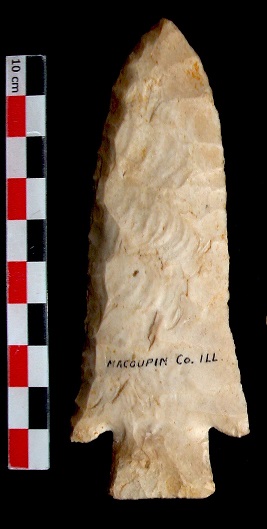
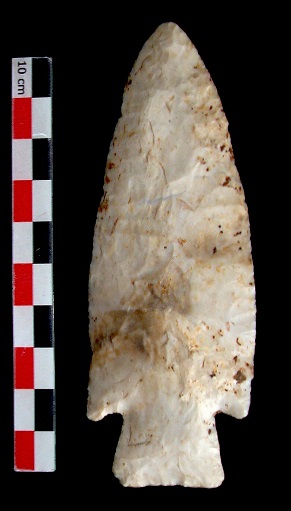
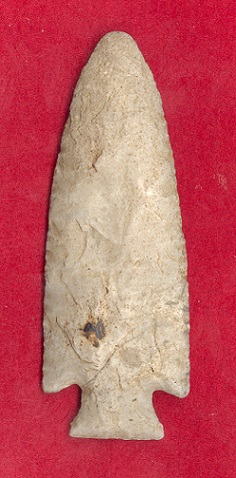
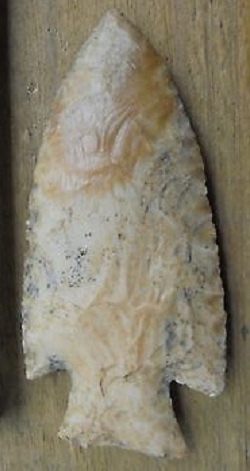
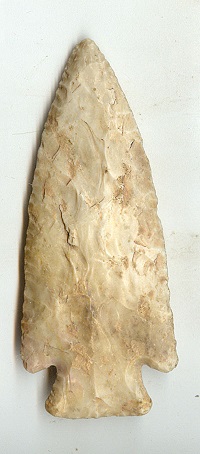
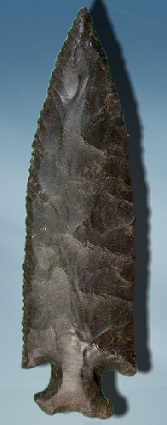
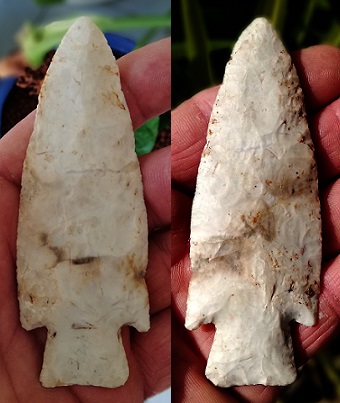
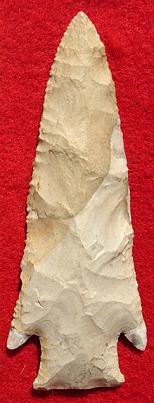
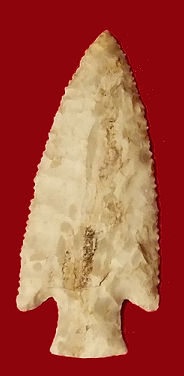
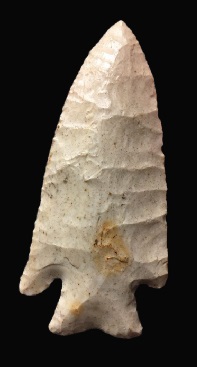
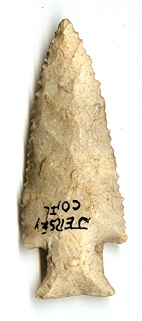
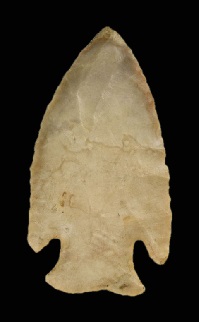

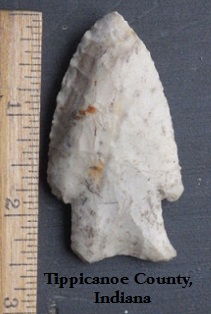
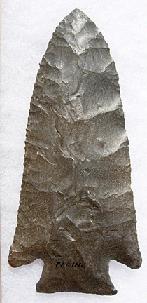
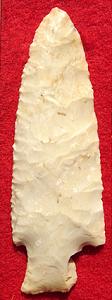
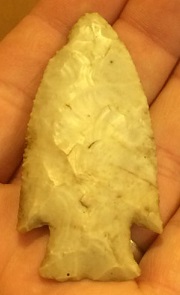
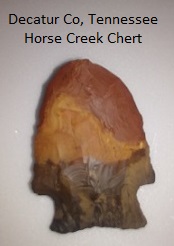
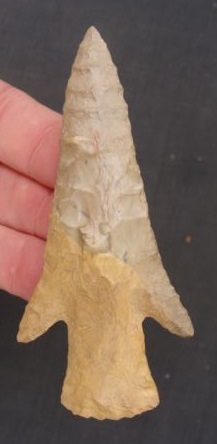
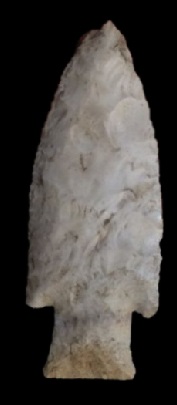
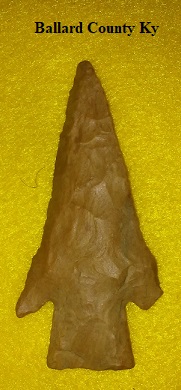
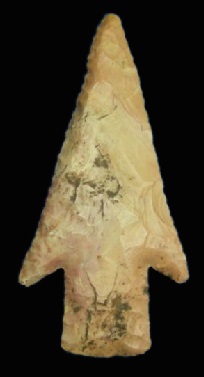
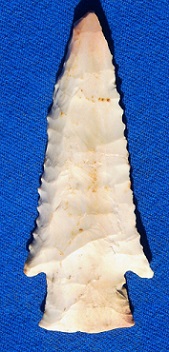
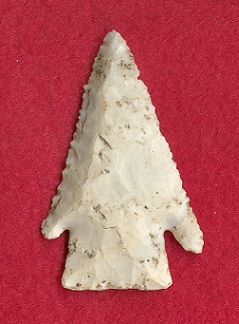
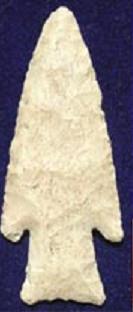
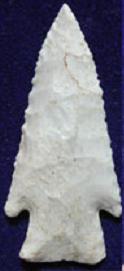
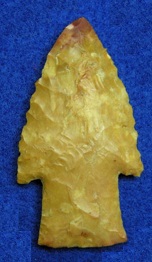
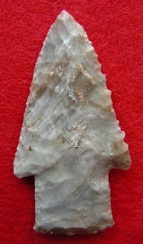
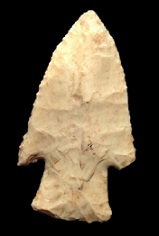
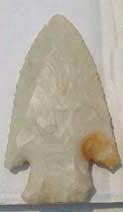

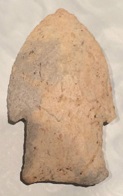
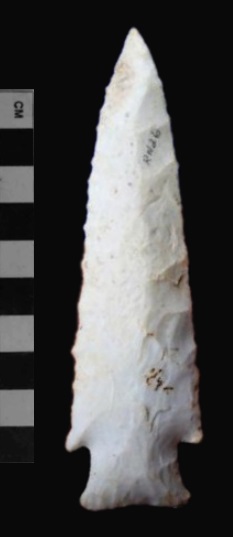
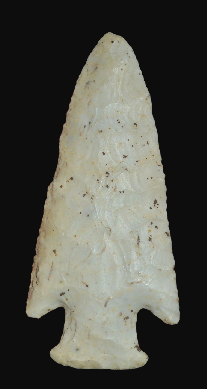
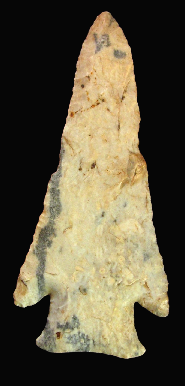
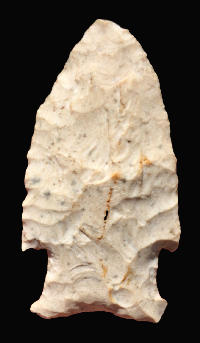
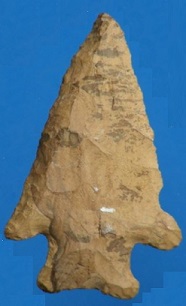
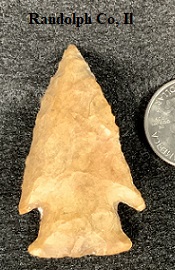
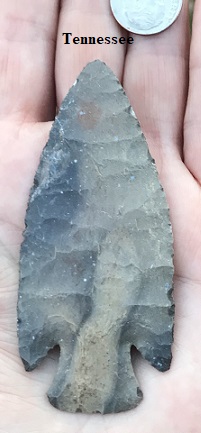
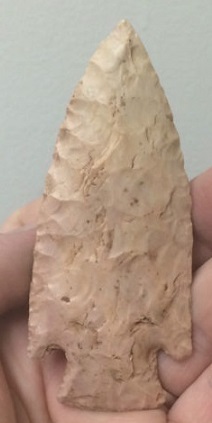
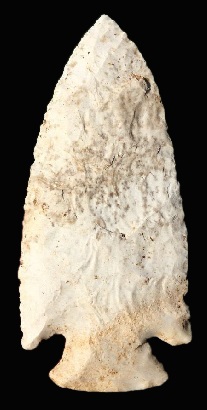
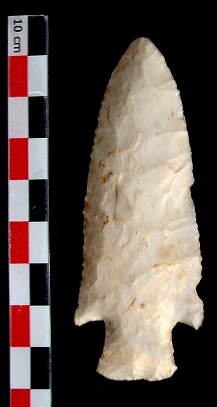
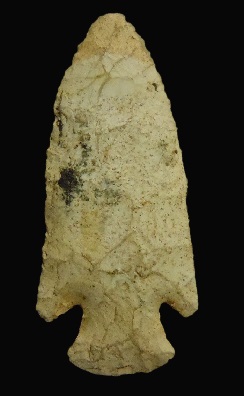
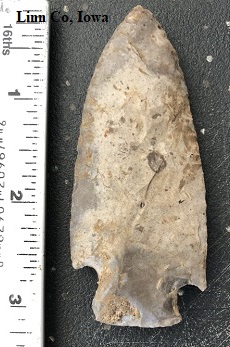
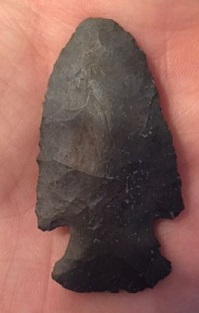
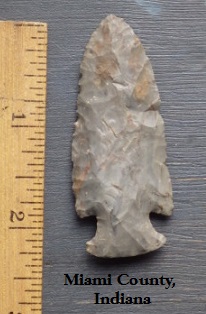
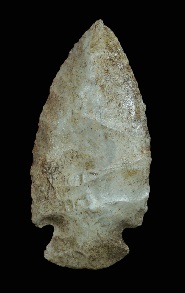
.gif)